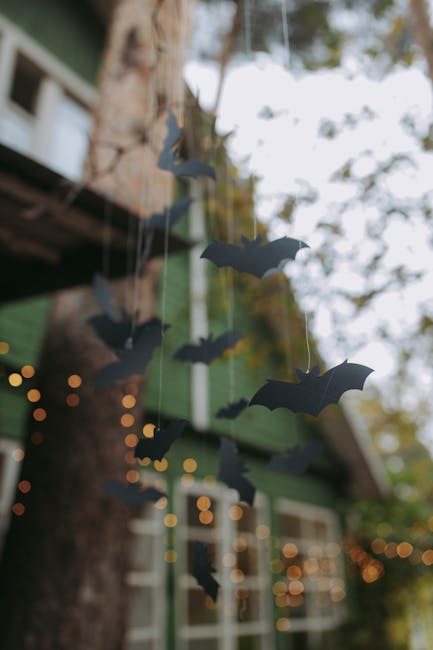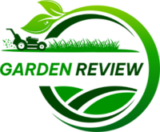
Have you ever considered the hidden battles unfolding beneath your feet in the soil? Life underground is a fierce struggle for survival, where organisms don’t fight with claws or teeth but through parasitism and chemical warfare. Among these warriors is the genus Streptomyces, renowned for producing antibiotics that dominate microbial competition. These soil-dwelling bacteria have revolutionized modern medicine, with over two-thirds of today’s antibiotics originating from Streptomyces species. Beyond medicine, they’ve also emerged as powerful allies in agriculture, particularly in combating plant pathogens. One standout species, Streptomyces lydicus, and its strain WYEC 108, has been a focal point of research for over 50 years due to its ability to control root rot fungi and leaf pathogens like rust and gray mold. In this guide, we’ll explore how this microbial fungicide works and how you can harness its power in your garden.

What You’ll Learn
- The origins and commercial use of Streptomyces lydicus strain WYEC 108.
- How this bacteria outcompetes fungal pathogens.
- Which pathogens are controlled by the fungicide Actinovate.
- Practical tips for applying Streptomyces lydicus in your garden.
- Safety considerations and environmental impact.
From English Fields to Commercial Application
The journey of Streptomyces lydicus strain WYEC 108 began in an agricultural field in England. Isolated and extensively studied, this strain has proven highly effective at colonizing plant roots in the rhizosphere—the nutrient-rich soil zone surrounding plant roots. Plants exude sugars and vitamins into this area, feeding microbes like Streptomyces, which, in return, promote plant health. Classified as plant-growth-promoting rhizobacteria (PGPR), this species enhances plant vitality and protects against diseases. Today, WYEC 108 is commercially available as Actinovate, a formulation used to combat pathogens in ornamentals, greenhouse crops, nursery plants, and turf.
How Streptomyces Lydicus Defeats Fungal Pathogens
Streptomyces lydicus strain WYEC 108 employs multiple strategies to neutralize disease-causing fungi. One key mechanism is parasitism: it produces chitinase, an enzyme that degrades chitin, a primary component of fungal cell walls, making the fungi susceptible to attack. Additionally, WYEC 108 outcompetes fungi for essential nutrients like iron by releasing siderophores—compounds that bind iron in the soil. While the bacteria and plants can utilize this bound iron, fungi are left starved, unable to access it.
Fungal Pathogens Controlled by Actinovate
Actinovate, the commercial product derived from WYEC 108, acts as a potent fungicide against a wide range of plant pathogens. It targets soil-borne fungi responsible for root rot and damping off, including Fusarium, Pythium, Phytophthora, Rhizoctonia, Sclerotinia, Verticillium, and Geotrichum. Additionally, it combats foliar pathogens such as powdery mildew, downy mildew, Botrytis, fire blight, rusts, bacterial spot, and black spot, protecting both roots and leaves from infection.
How to Use Streptomyces Lydicus in Your Garden
Applying Streptomyces lydicus via Actinovate is straightforward and versatile. It can be used as a soil drench or mixed into potting soil for turf, potted plants, and greenhouse crops. Follow label instructions, but a typical application rate is one gallon of diluted solution per cubic foot of soil mix. For foliar protection, spray Actinovate on plant leaves every 7-14 days, depending on infection severity. Since the bacteria only protect sprayed areas, reapply after new growth appears. For turf grass, reapply every 6-8 weeks. Multiple low-dose applications are more effective than a single high-dose treatment. Note that UV light degrades the bacteria, so apply during early morning, late evening, or on cloudy days. When stored in its original packaging, Actinovate remains stable for up to a year.
Safety and Environmental Considerations
Streptomyces lydicus is widely regarded as safe for humans, animals, and the environment. Naturally abundant in soil, it poses no significant risk with regular exposure. Scientific studies and EPA registration tests on rats, fish, and honeybees confirm that it is non-toxic, non-pathogenic, non-irritating, and harmless to beneficial insects and non-target organisms. However, the EPA mandates protective gear—long-sleeved shirts, pants, waterproof gloves, and a filtering respirator—for greenhouse applications. Actinovate is also compatible with other beneficial soil organisms like mycorrhizae, ensuring it integrates well into existing ecosystems.
A Natural Ally Against Fungal Diseases
Thanks to its ability to colonize plant roots and outcompete harmful microbes, Streptomyces lydicus is a formidable biocontrol agent. Whether applied to lawns, ornamental plants, or greenhouse crops, Actinovate offers a safe, targeted solution for pathogen control. Have you used Actinovate to protect your plants? Share your experiences in the comments below! For more gardening tips and biocontrol guides, explore our related resources.
© Ask the Experts, LLC. All rights reserved. For more details, visit our terms and conditions. Top photo via CDC/Dr. David Berd (PHIL #2983), 1972. Product photo via Novozymes.







